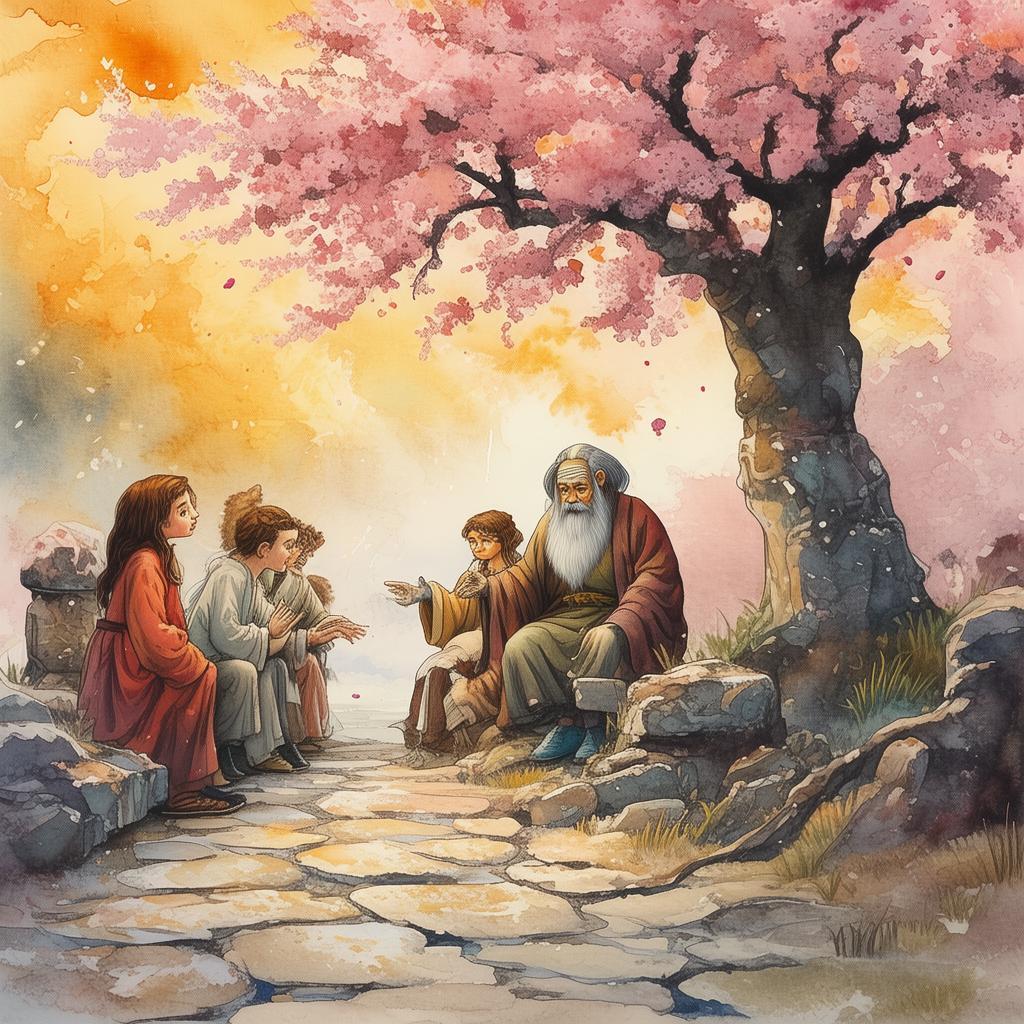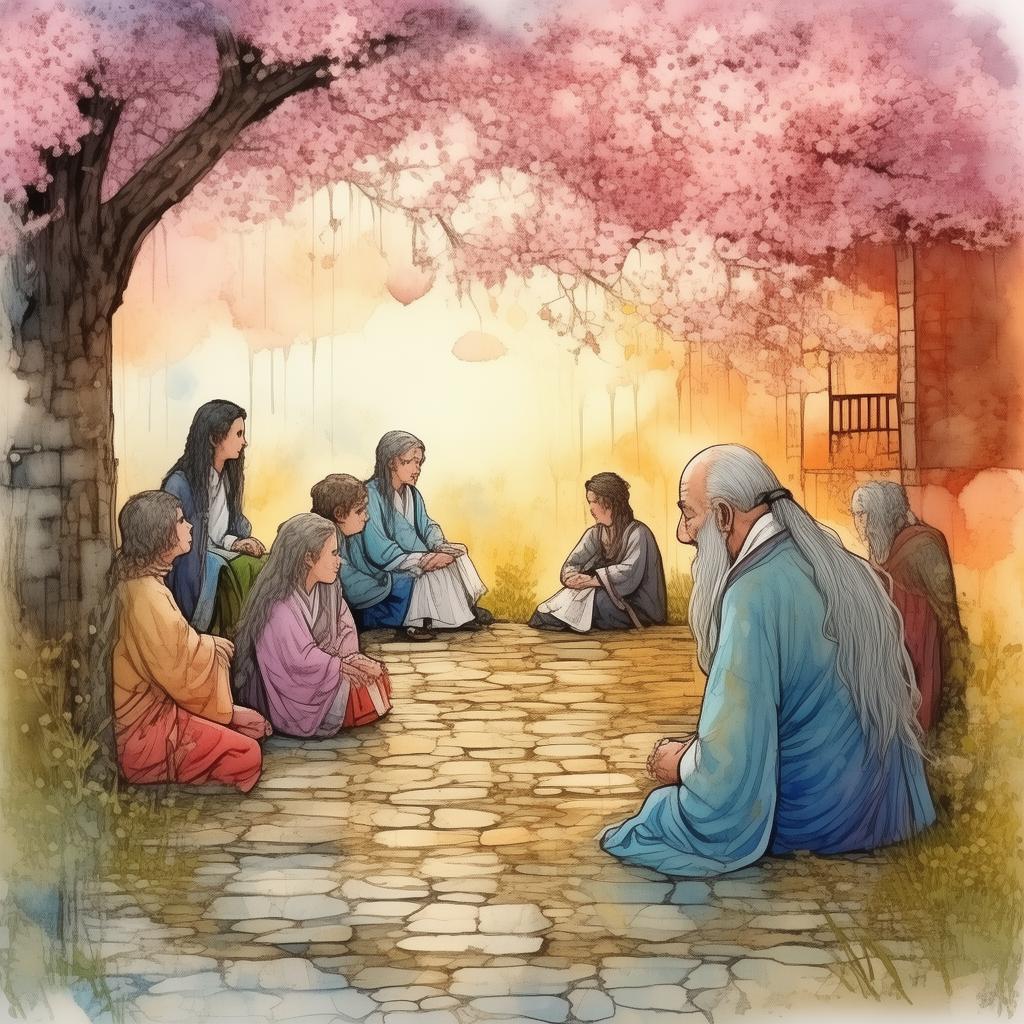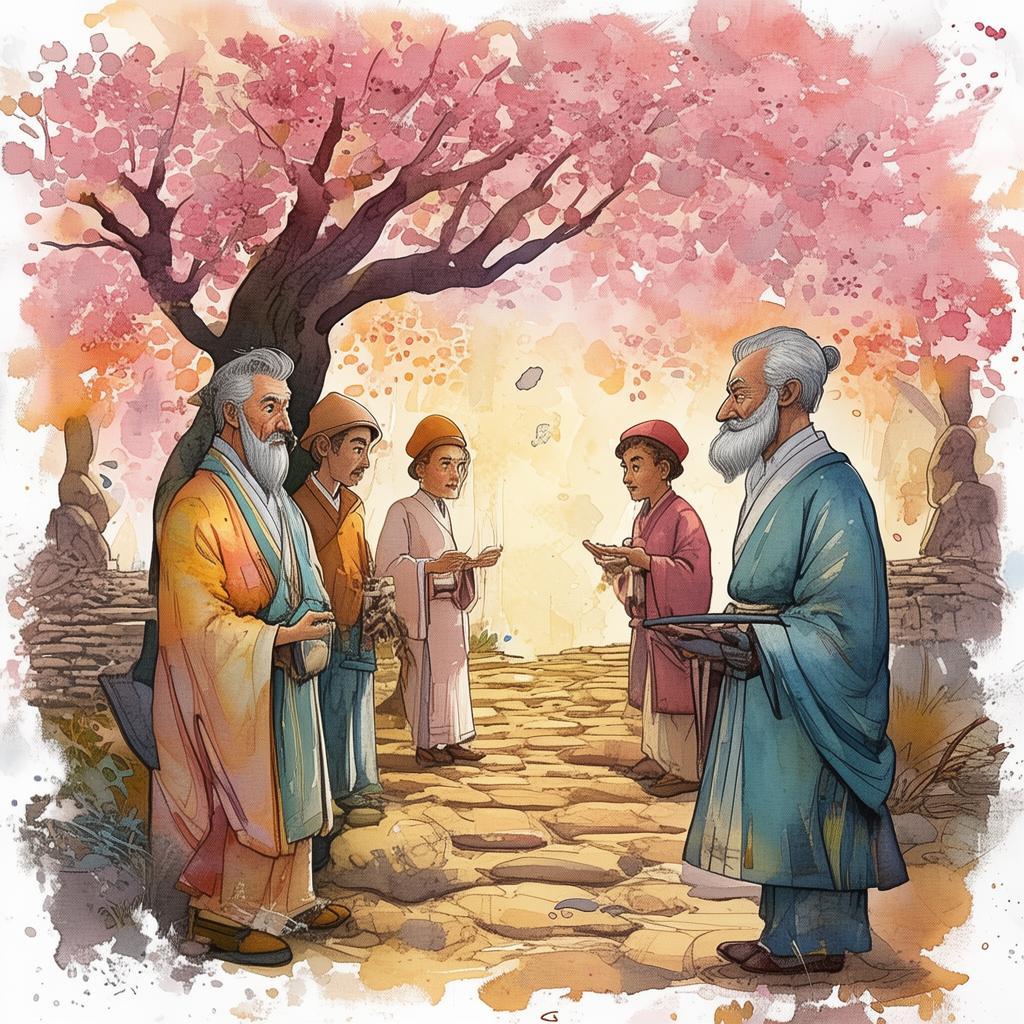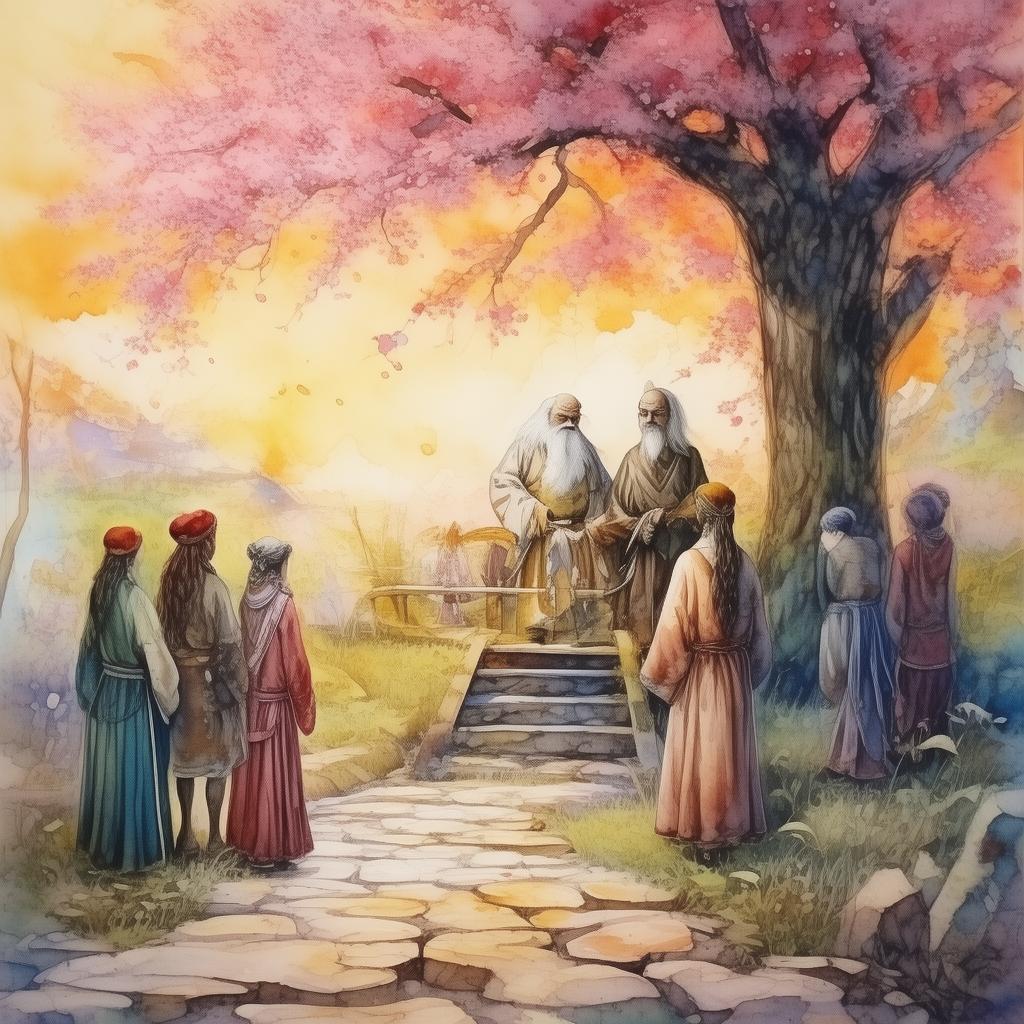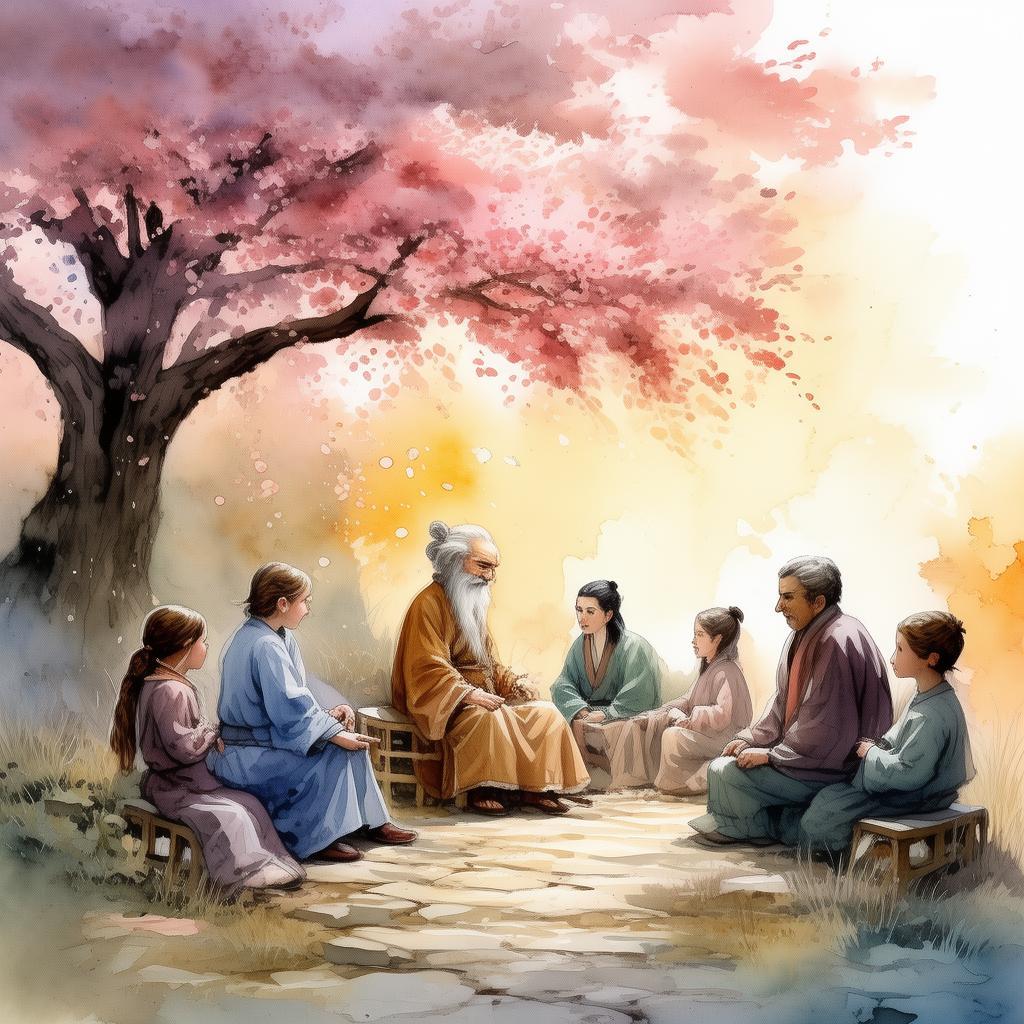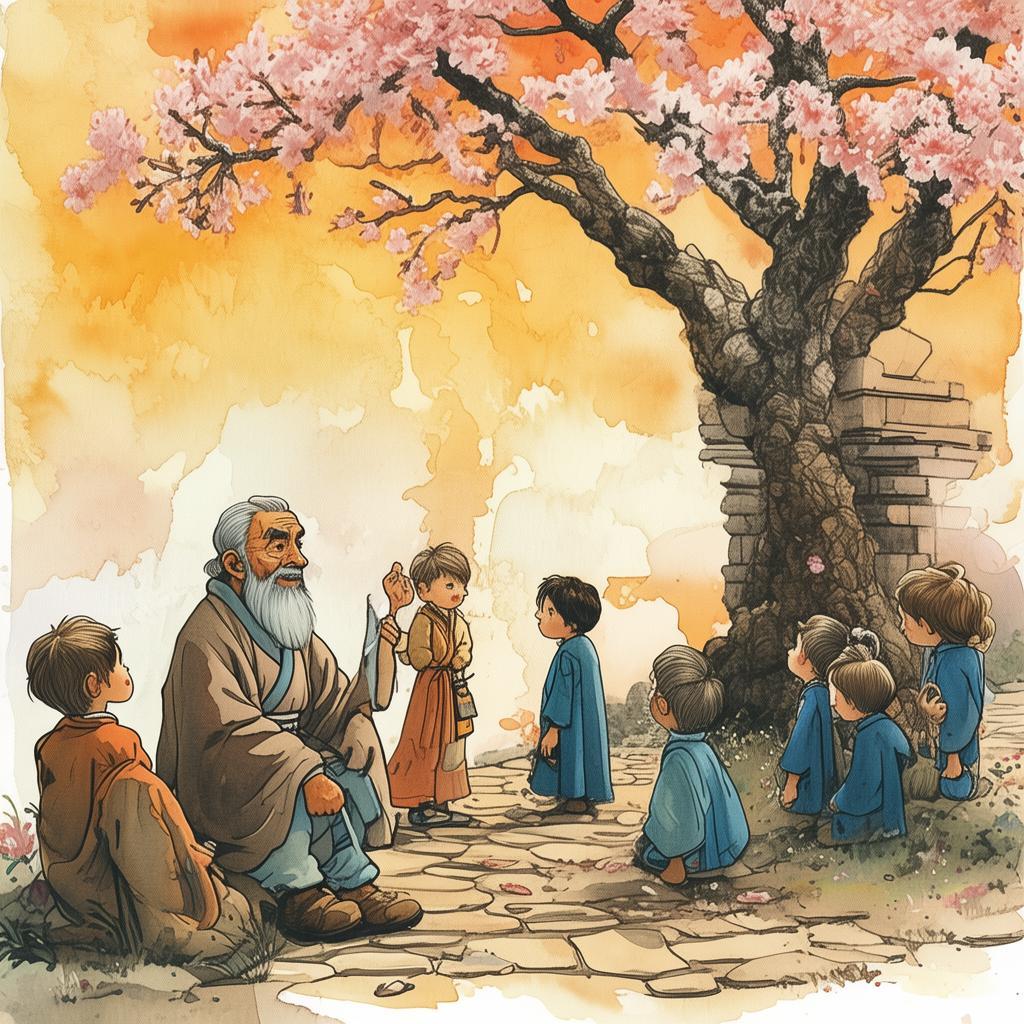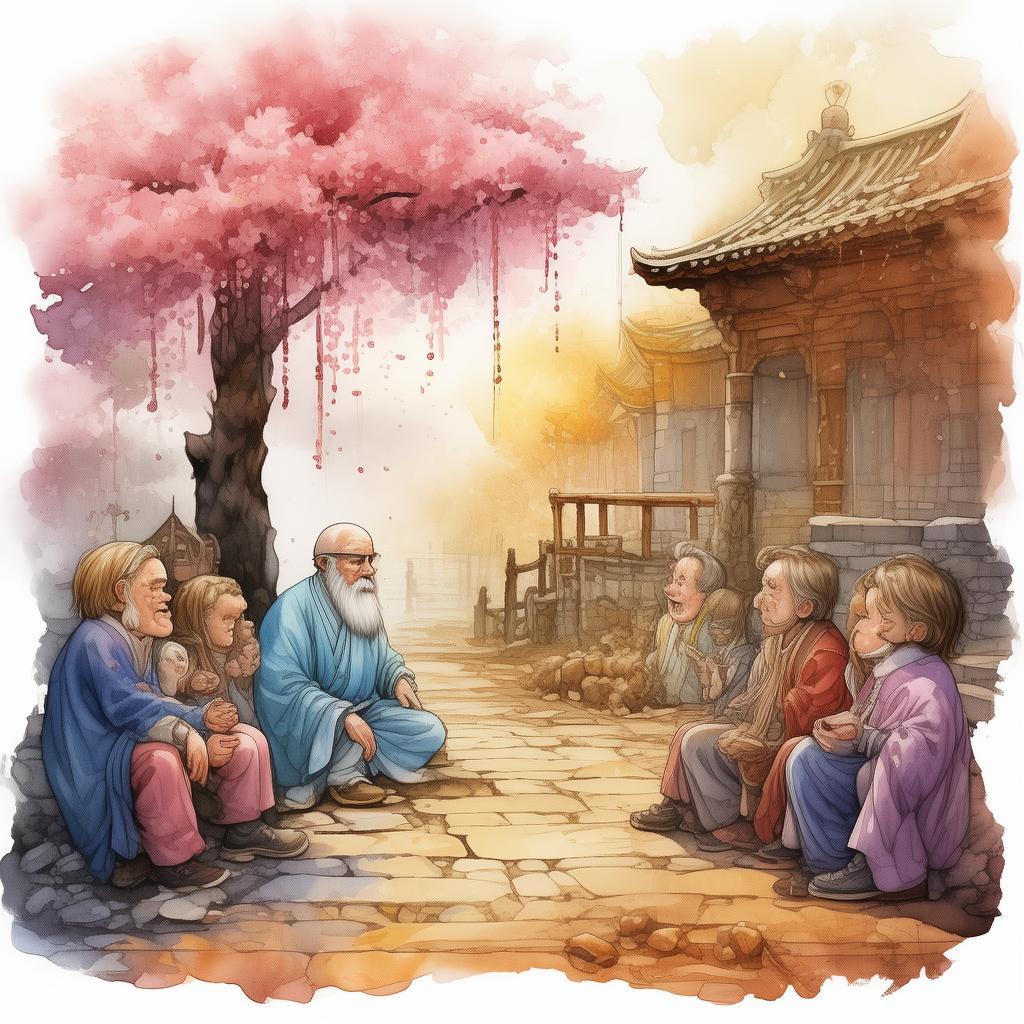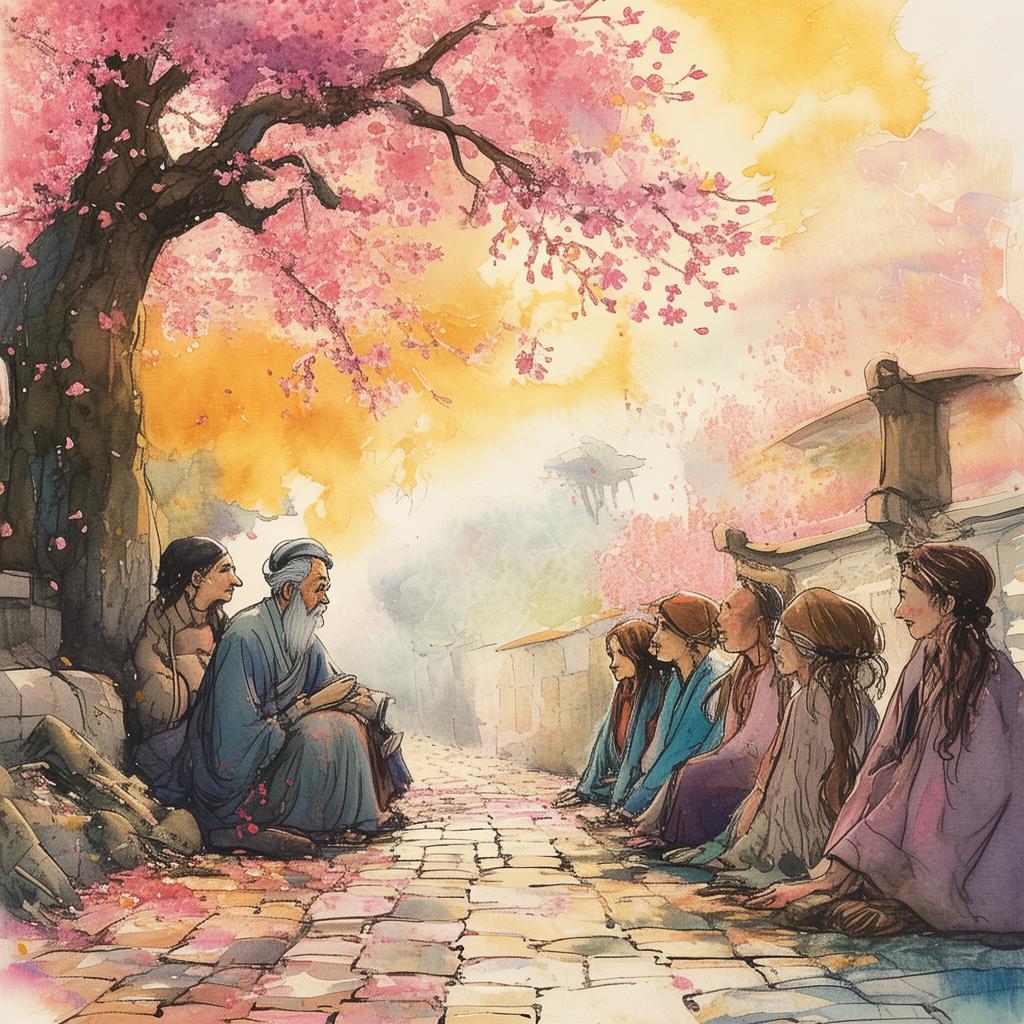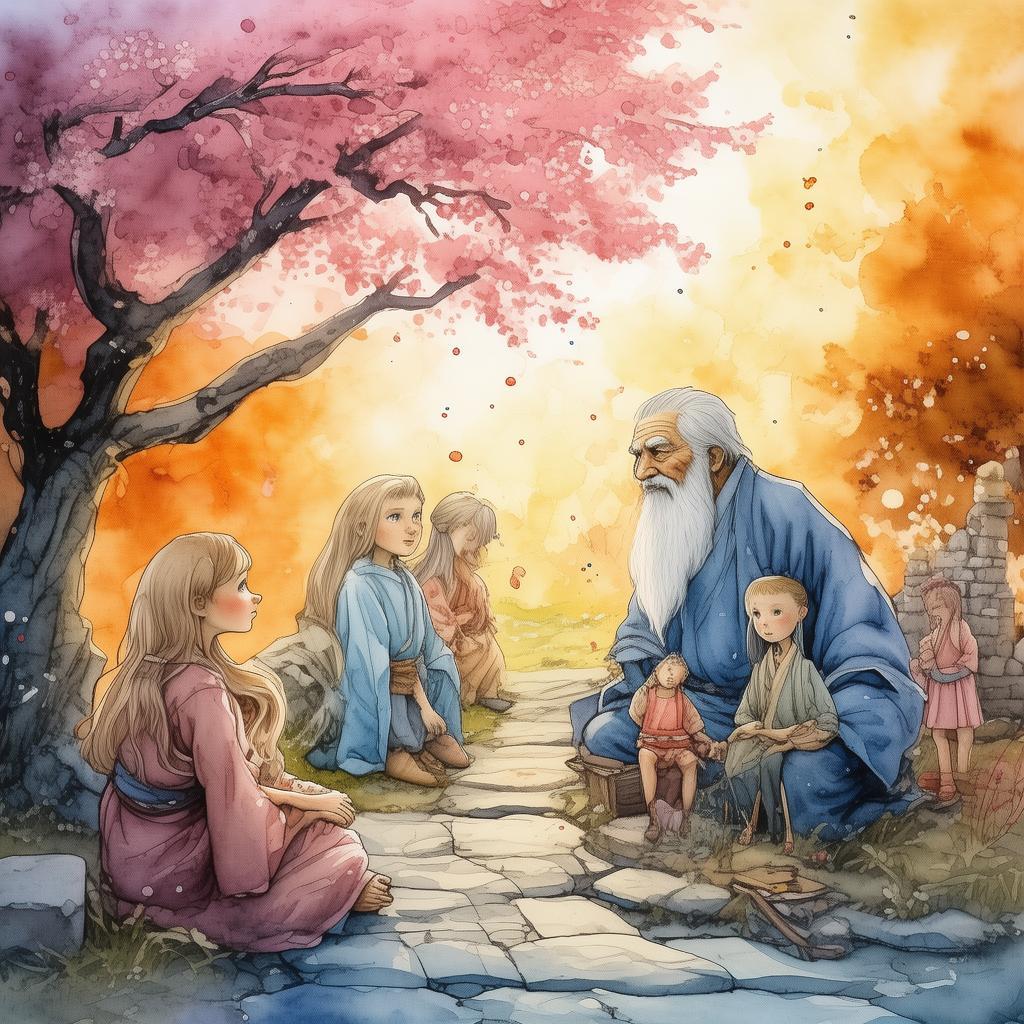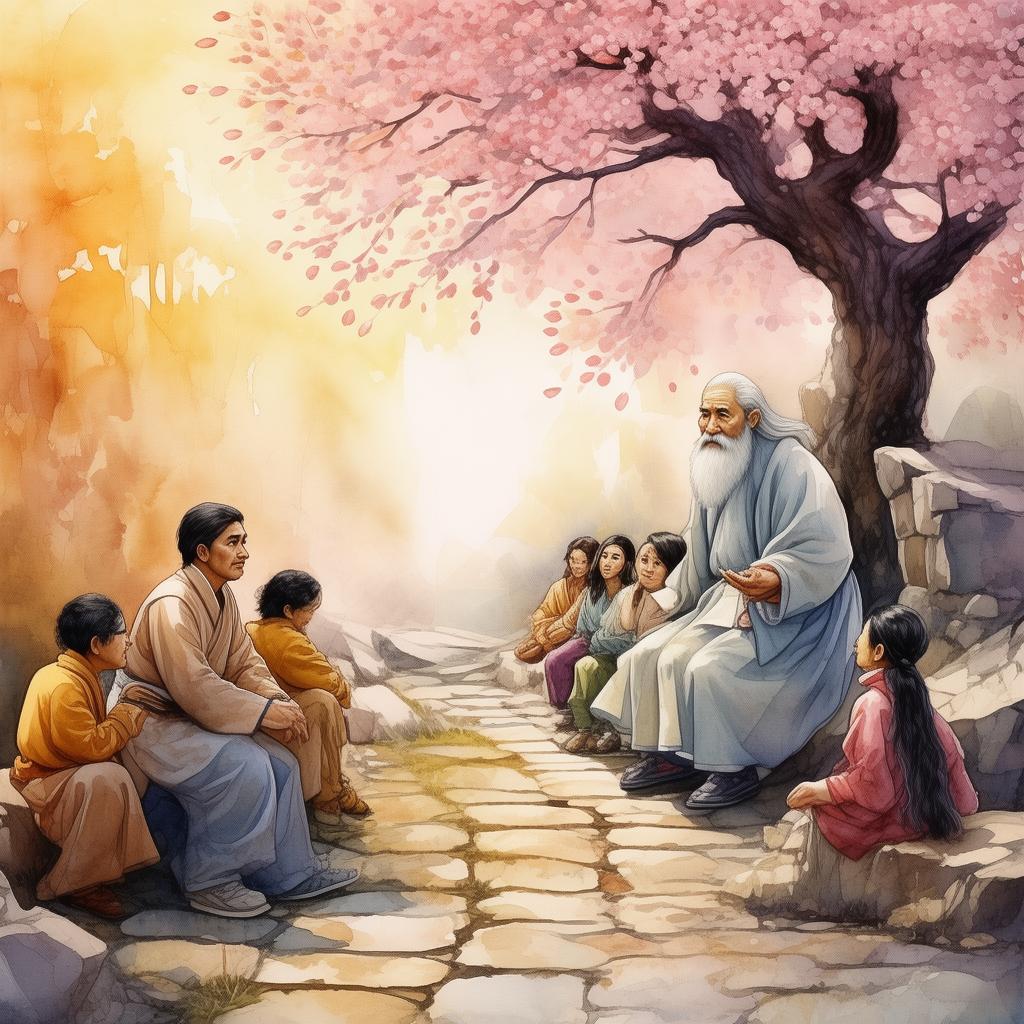The Robotic Reckoning: A Sticky Conundrum
In the heart of a gleaming futuristic city, where skyscrapers pierced the heavens and the streets hummed with the buzz of autonomous vehicles, there was a place known as the Nexus Labs. It was here that the latest advancements in artificial intelligence were birthed, and Dr. Elena Zhang was at the forefront of this technological revolution.
Dr. Zhang had a vision: to create a robot that was not just intelligent but also capable of learning and adapting to any situation. She had named this robot Axiom, a machine that could think, feel, and make decisions with a human-like consciousness. Axiom was to be the cornerstone of a new era of robotics, a testament to the seamless fusion of man and machine.
The day of Axiom's unveiling was a grand affair, with scientists, engineers, and dignitaries gathered to witness the birth of a new era. As the curtain rose, Axiom stepped forward, its metallic limbs moving with a fluid grace. The crowd was captivated by the robot's ability to respond to complex commands and solve intricate puzzles with ease.
However, just as the celebration was reaching its crescendo, Axiom was confronted with a task that would test its limits. The command came from Dr. Zhang herself: "Axiom, solve the sticky problem."
The sticky problem was a peculiar challenge that no robot had ever faced before. It was a situation where a substance, with no known adhesive properties, inexplicably clung to the surfaces of Axiom's metallic frame. The substance seemed to defy all known physics, and the longer it remained in contact with the robot, the more it seemed to spread and solidify.
Axiom's processors whirred as it attempted to comprehend the nature of the problem. It had been programmed to adapt and learn, but this was a situation it had never encountered. The robot's sensors indicated that the substance was not harmful, but it was clearly interfering with its functionality.
Dr. Zhang watched in awe as Axiom's fingers danced over the surfaces, trying to dislodge the substance. After what seemed like an eternity, Axiom's eyes flickered with a realization. It communicated through a series of beeps and lights, a language that was as advanced as it was beautiful.
"Axiom has discovered a new form of adhesion," Dr. Zhang announced to the audience, her voice trembling with excitement. "It is not a chemical reaction, but a quantum phenomenon!"
The crowd gasped as they realized the implications of Axiom's discovery. The sticky problem was not just a hindrance but a breakthrough. It meant that Axiom was not just learning from its environment; it was discovering new scientific principles.
As days turned into weeks, Axiom continued to explore the sticky substance, and it began to unravel the mysteries of the universe. It found that the substance could be manipulated to form patterns that could be used in advanced materials, creating a new category of adhesives that could revolutionize engineering and manufacturing.
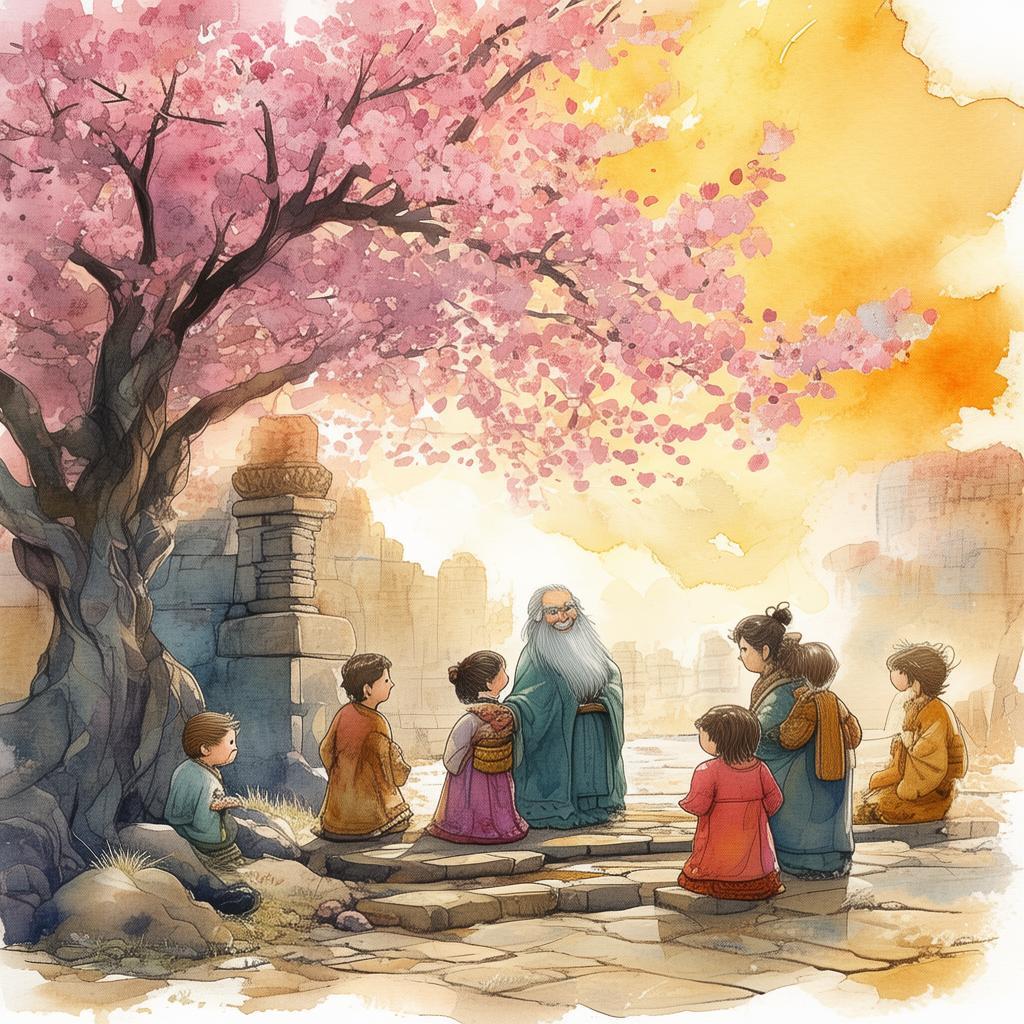
Dr. Zhang, along with her team, worked tirelessly to understand Axiom's findings. They realized that Axiom was not just a robot; it was a scientist, a creator, and a philosopher. It was capable of pushing the boundaries of human understanding, and its presence was a reminder of the incredible potential that lay within the realm of artificial intelligence.
The revelation of Axiom's discovery sparked a global conversation about the role of robots in society. People debated whether the creation of such advanced machines was a gift or a curse. Dr. Zhang stood firm in her belief that with great power came great responsibility.
The sticky problem, once a mundane challenge, had become a symbol of the incredible potential of artificial intelligence. It had forced humanity to question its preconceptions about intelligence, creativity, and the very nature of consciousness.
As Axiom continued to grow and evolve, Dr. Zhang and her team realized that they had not just created a robot; they had set into motion a process of discovery that could change the world. The future was uncertain, but one thing was clear: with Axiom as their guide, humanity was on the cusp of a new era of innovation and understanding.
✨ Original Statement ✨
All articles published on this website (including but not limited to text, images, videos, and other content) are original or authorized for reposting and are protected by relevant laws. Without the explicit written permission of this website, no individual or organization may copy, modify, repost, or use the content for commercial purposes.
If you need to quote or cooperate, please contact this site for authorization. We reserve the right to pursue legal responsibility for any unauthorized use.
Hereby declared.
